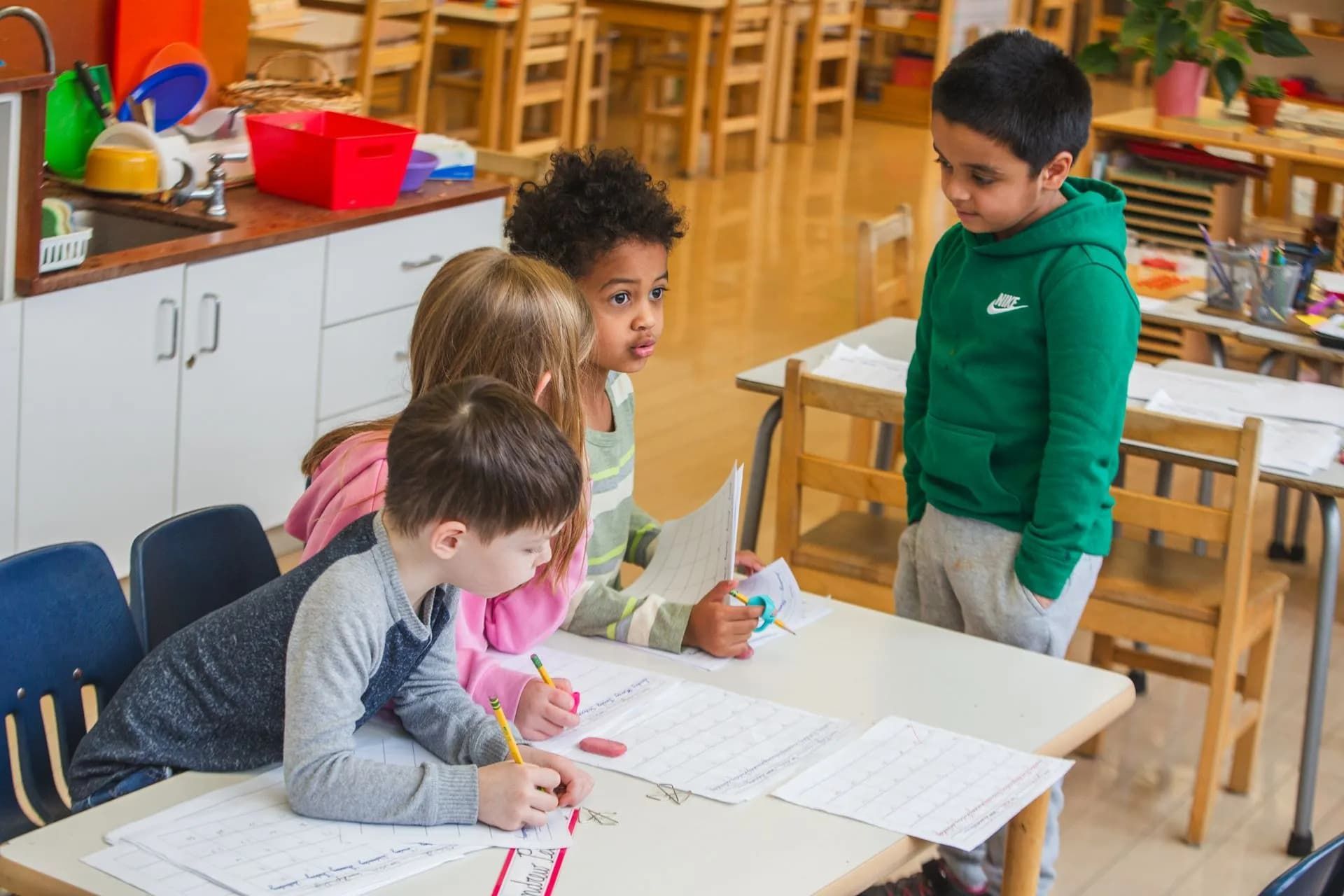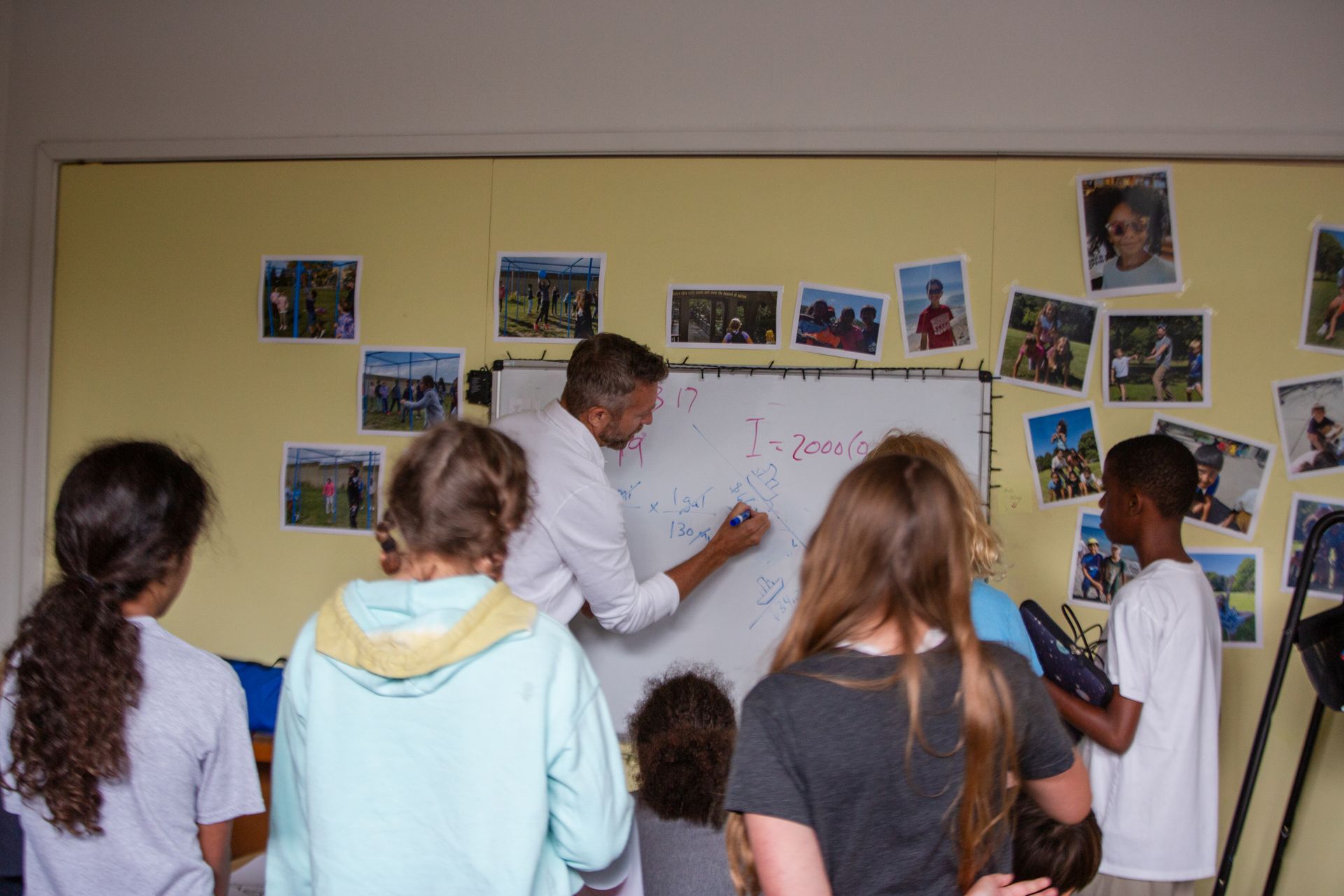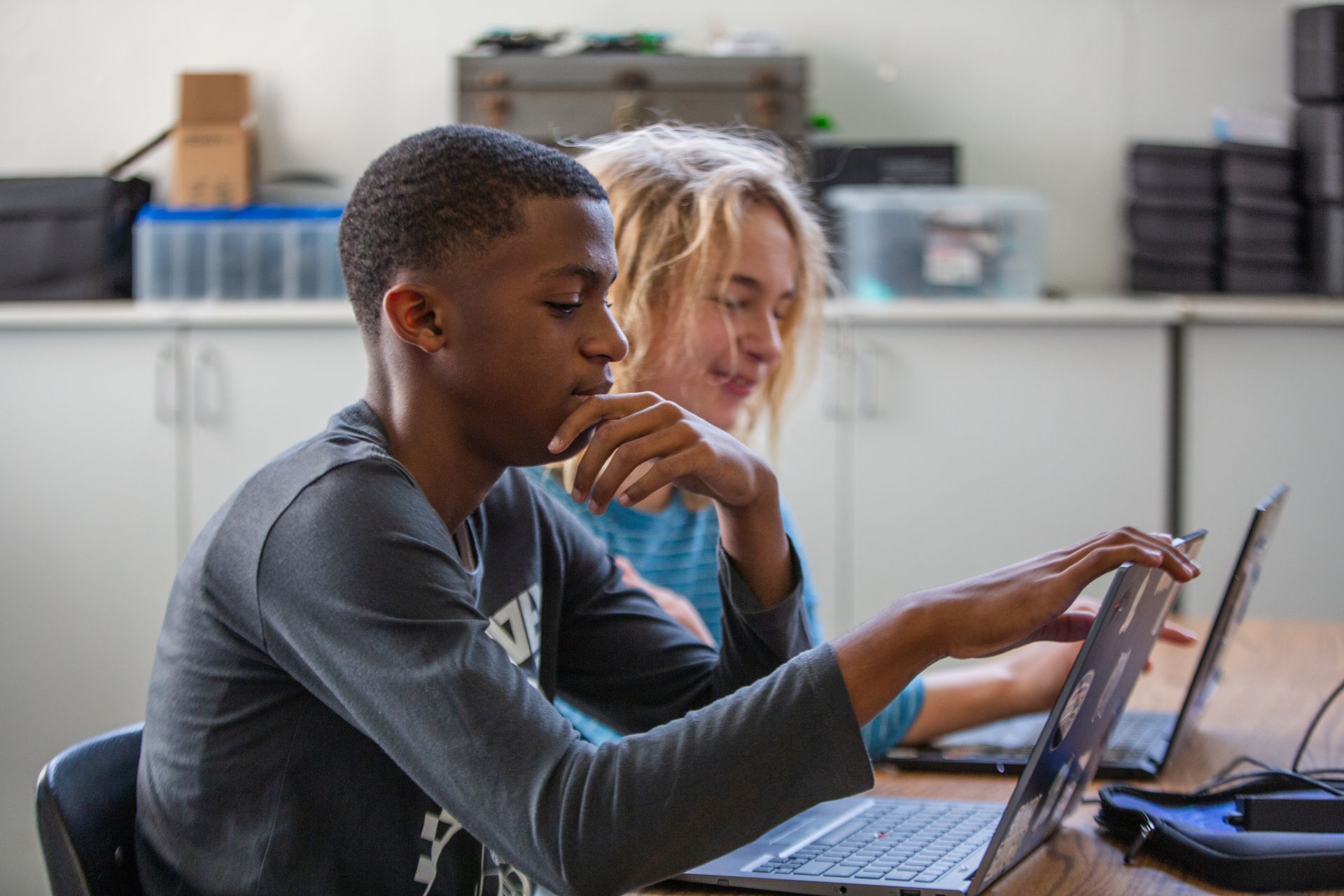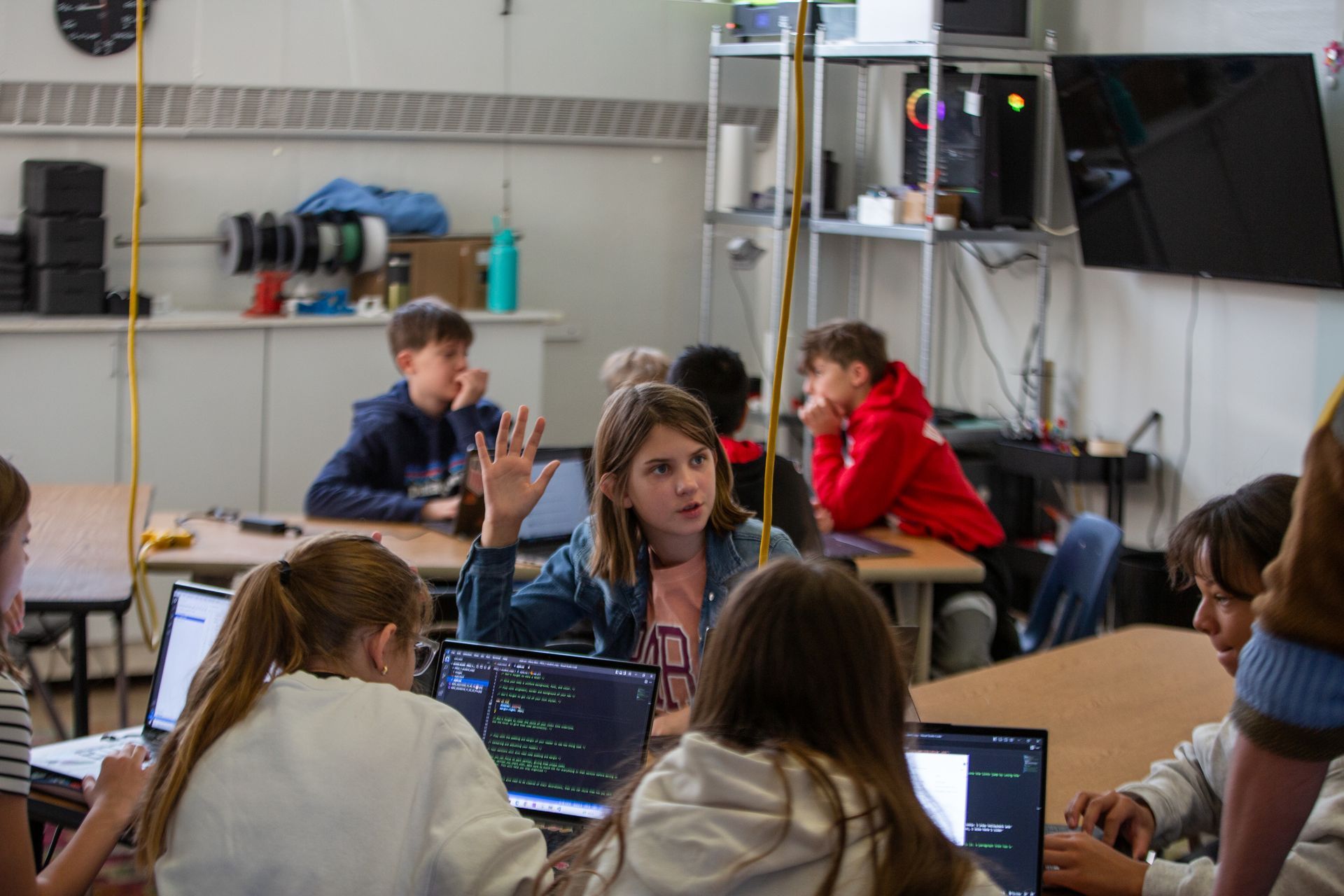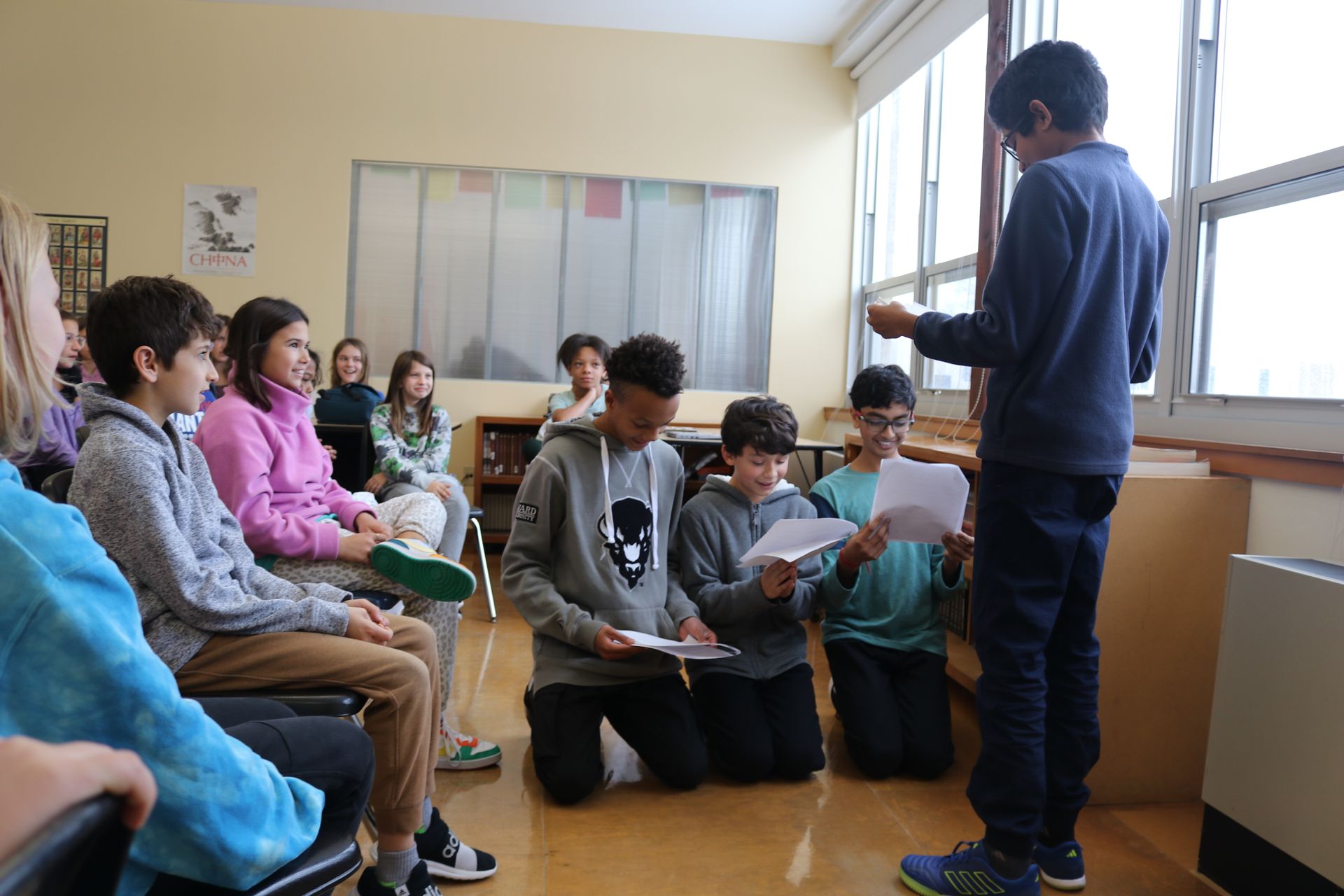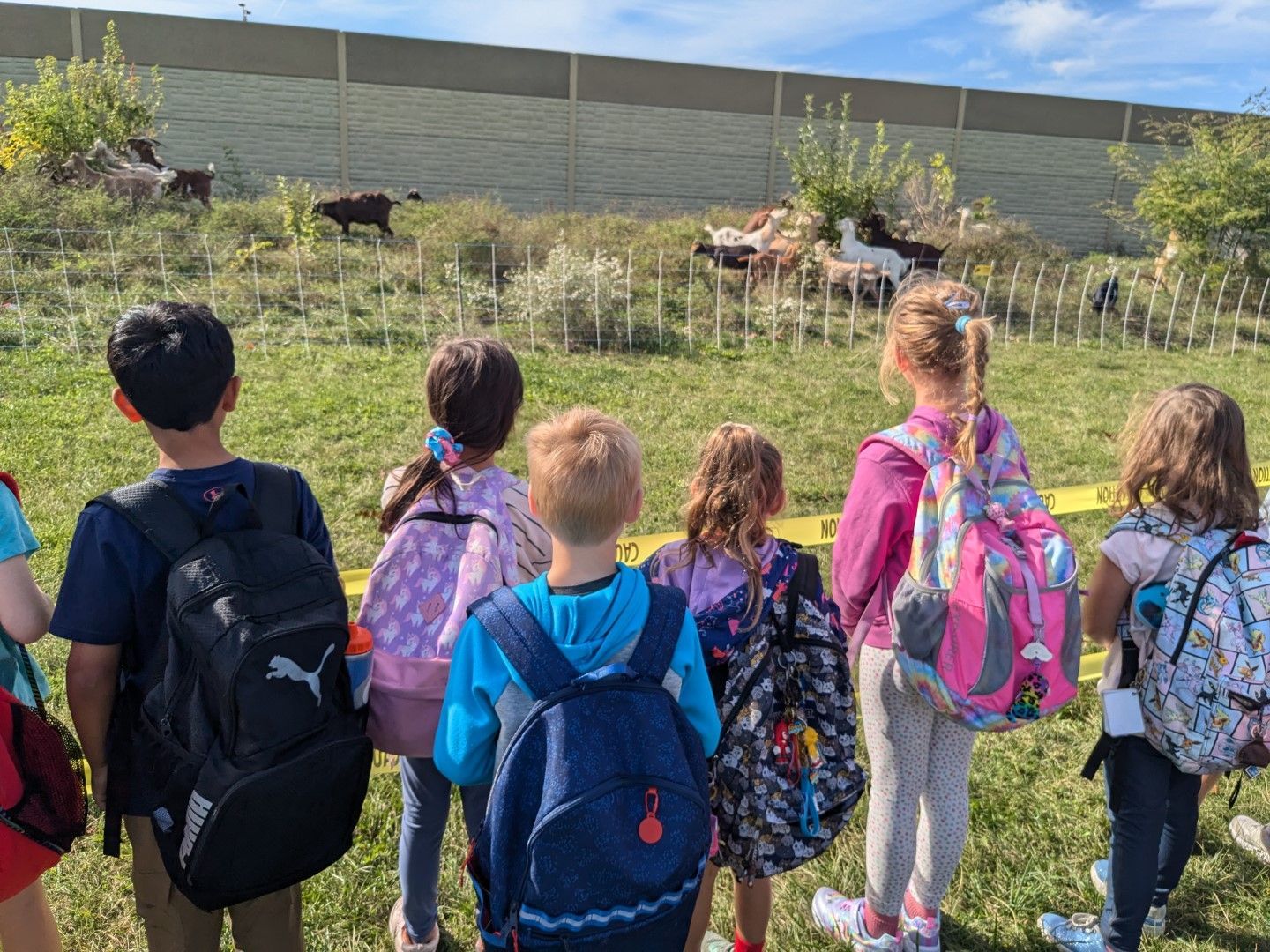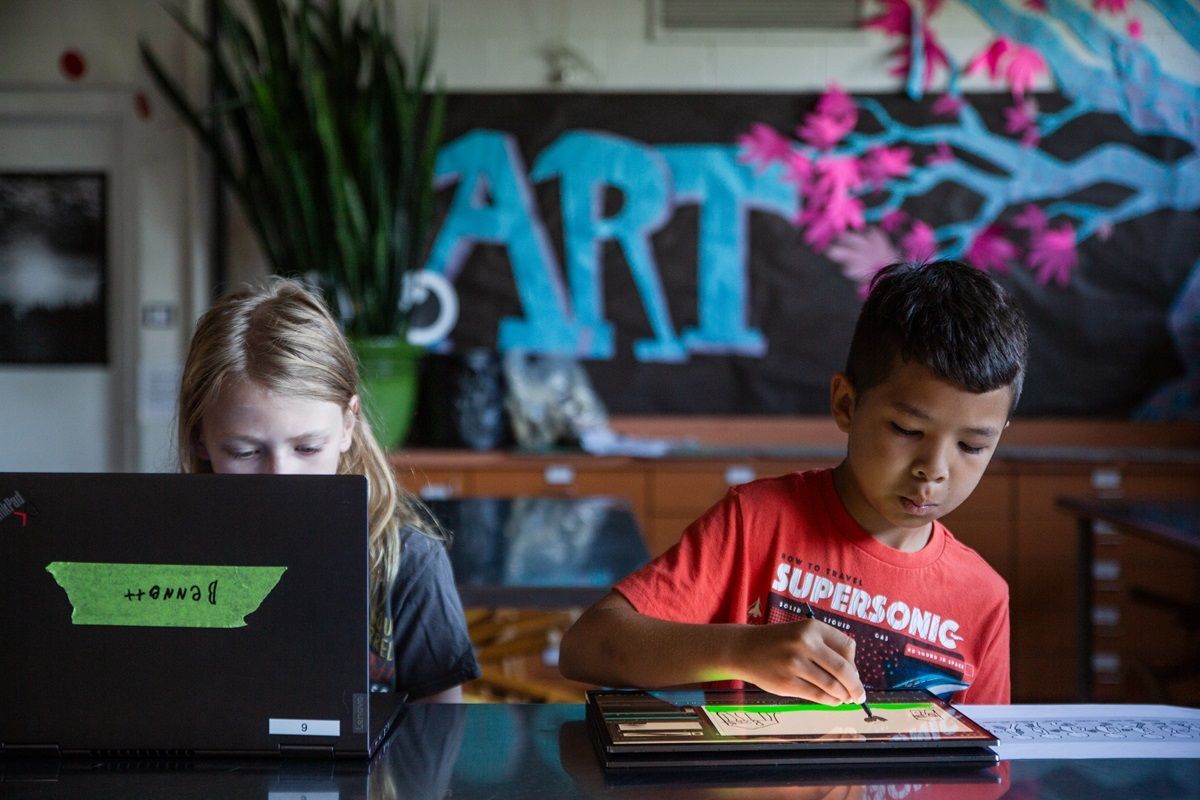Social Interaction in Montessori Classrooms
New Paragraph
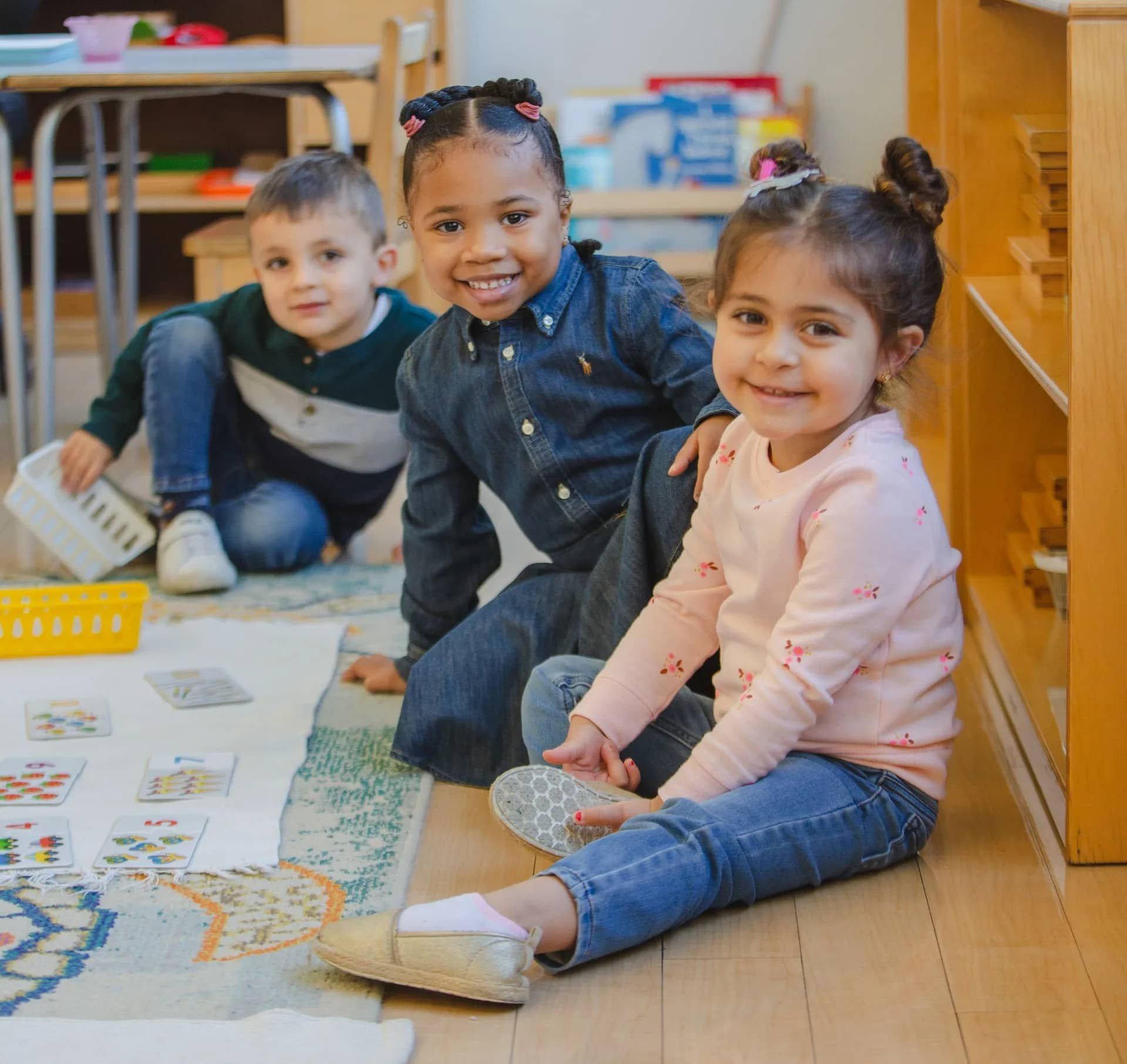
The Benefits of a Mixed-Age Classroom
At Milwaukee Montessori School, children learn in multi-age classrooms. As they work and learn together, children build a classroom community. Here they develop independence while learning to navigate the ups and downs of living in community with one another.
Rather than sitting in straight rows grouped only with children their own age, students at Milwaukee Montessori School learn to work with peers of varying ages and abilities in an environment that not only allows for social interaction throughout the day but recognizes the value of those interactions in the child’s overall growth and development. As a result, children show up to a community every day where they know one another for their strengths and make friends by virtue of who they work with. Many children work together, and when they do so, they will have disagreements and learn how to work through those conflicts.
From the youngest age, children in the academic programs at Milwaukee Montessori School have the freedom to work with and learn from classmates of varying ages and skill levels. The multi-age classroom provides valuable opportunities for children to develop social skills, including empathy, respect, and a sense of community.
“We can see clearly what is necessary to give in order to help the child. It is to give the possibility of independence, of living together and carrying out social experiences.”
Dr. Maria Montessori

The Advantage of Mixed Age Classrooms
By observing the work of their older classmates, younger children see what comes next, making them aspirational. As a teacher, I routinely had three-year-olds ask me when they could work with the beautiful Montessori bead chains. I would tell them, first, let’s put the cylinders in size order, match the color tablets, and scrub a table following the many steps needed to complete the task. After you can recognize numbers, we will match the numeric symbol to its quantity and learn about place value. Then, you will be ready to work with the bead chains to learn skip counting and multiplication. A child must learn to order the things in her environment and develop work stamina before tackling more advanced tasks. The children understand this and eagerly work toward their academic goals.
“There is a great sense of community within the Montessori classroom, where children of differing ages work together in an atmosphere of cooperation rather than competitiveness. There is respect for the environment and for the individuals within it, which comes through experience of freedom within the community.” - Maria Montessori
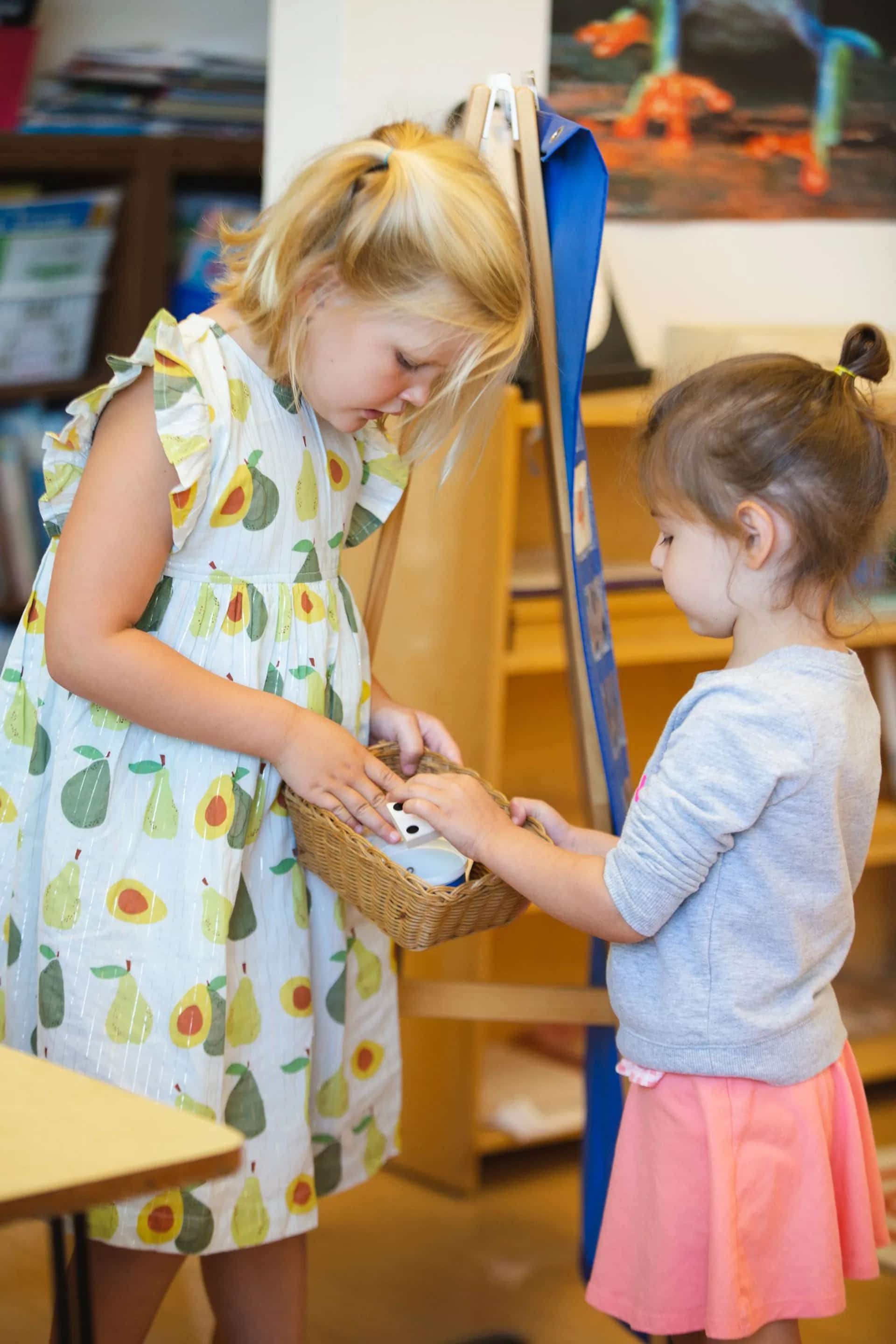
In Children’s House, children ages 3-6 work side by side, with the older children often assisting with lessons and modeling appropriate classroom behavior. Acting this way is not an undue burden on five and six-year-old children but rather something they have learned to do from their experience within this environment. I often reminded my older students of the kindness shown them when they were younger and that now it was their turn to do the same. The older children take great pride in checking the work of their younger classmates or guiding them as they learn the rhythm and routine of the classroom.
The older students regularly show great patience as they allow younger students to sit with them and observe their work. It is also not uncommon to see older students working together on projects that require days of concentrated effort to complete followed by intense negotiation and eventual agreement about who takes the epic research report home.
The cooperation and sense of community are fostered by the teachers but grown and strengthened by the students themselves. I still enjoy spending time in Children’s House classrooms and seeing the community that can flourish when students have the freedom to work with classmates of multiple backgrounds and ages, often developing lasting friendships.
